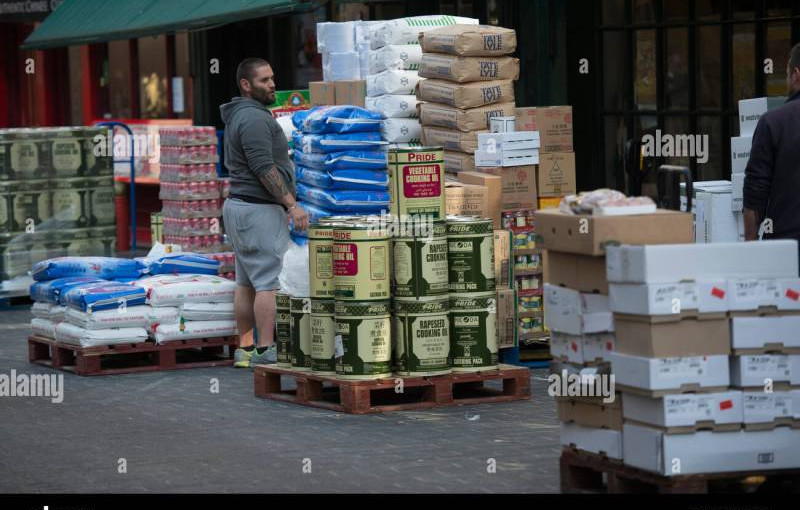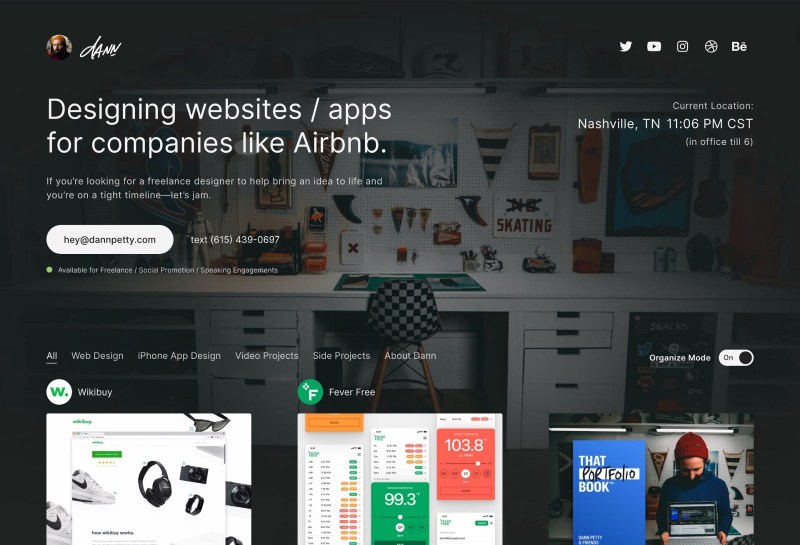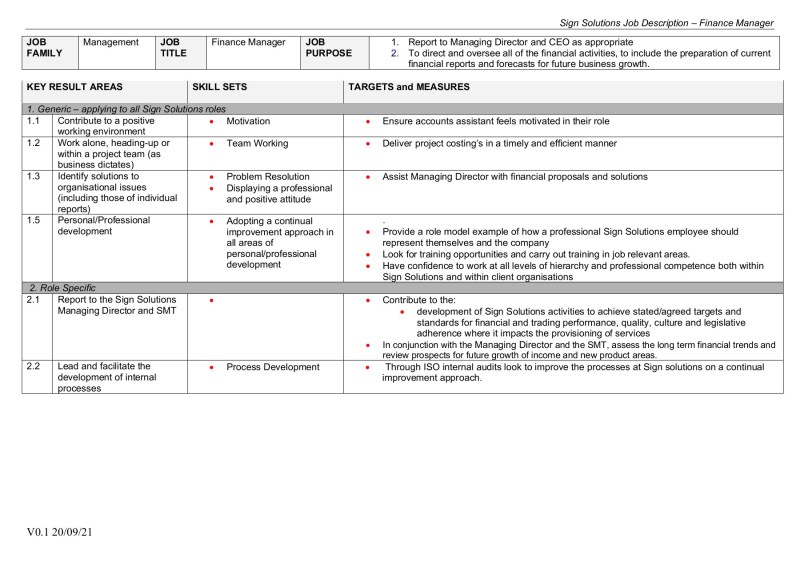Where Do Restaurants Get Their Food Supplies
Where Do Restaurants Get Their Food Supplies – Restaurants are an important part of the global food distribution chain – but they have many of their own challenges and are vulnerable to various events and situations. These include bad weather, national unrest and partner companies folding under financial pressure. The restaurant business is one of the worst situations where you can always lose a customer.
Here’s how restaurants fit into the larger food supply chain, and some things restaurants can do to strengthen their distribution efforts. Complete systems can work together more efficiently.
Where Do Restaurants Get Their Food Supplies
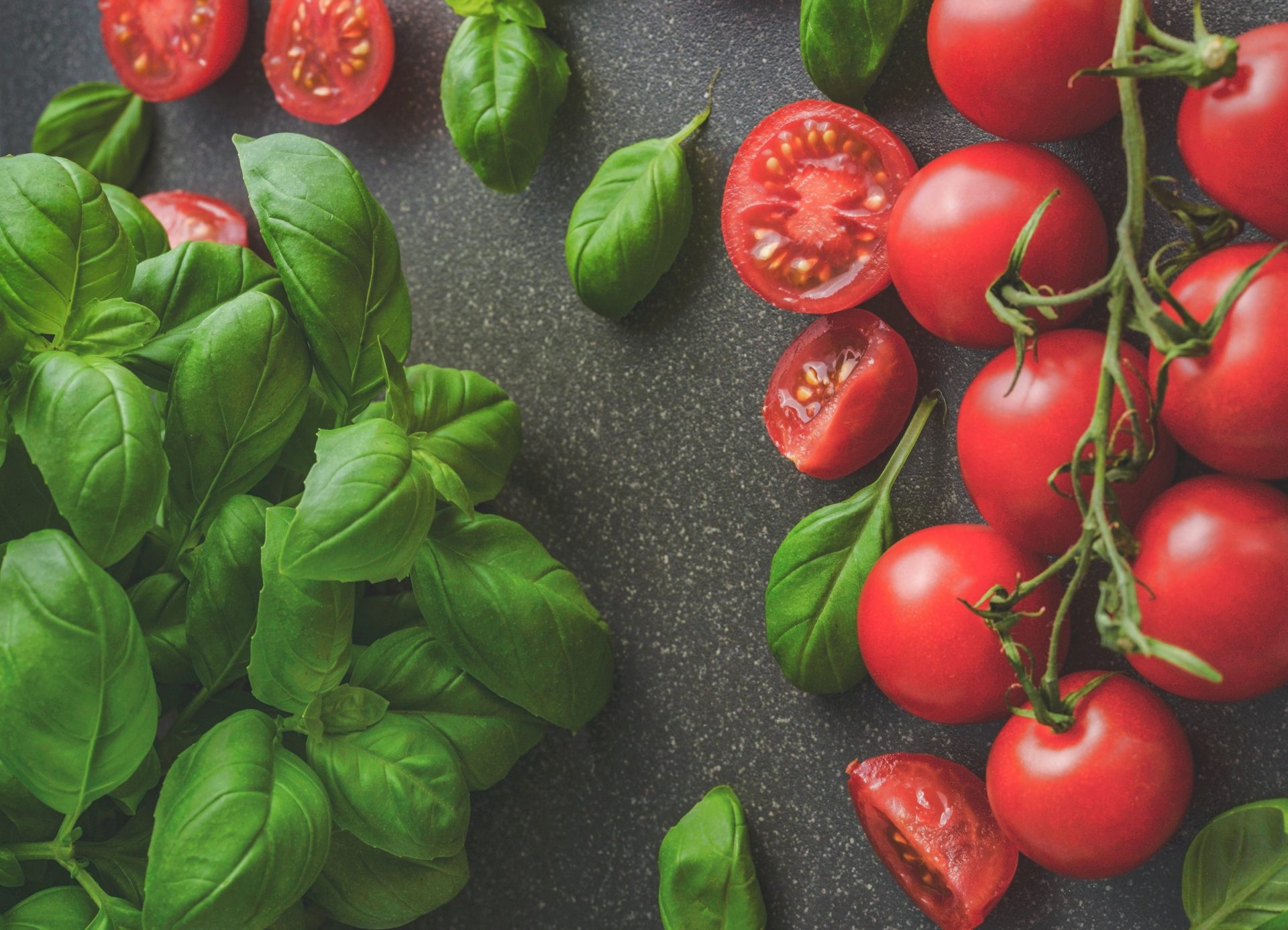
The basics of human survival are shelter, water, warmth and food. What happens when a cold chain distribution company neglects to maintain its refrigerators and sends out a lot of spoiled food? In industries like food, beverage, medicine and medical devices, just one weak link can jeopardize the health and well-being of hundreds or thousands of consumers.
Australian Restaurants Are Embracing These Sustainable Practices
The food supply chain is one of the most vulnerable when it comes to delays, mechanical failures of equipment, misunderstandings between suppliers and suppliers, and unexpected peaks or valleys in demand.
Use whatever technology you have to get everyone in your supply chain on the same page. Choosing an ERP system with easy partner integration makes it easy to create “one version of the truth” when it comes to delivery, ordering and location of your parts at all times.
If it is important for new customers, it is to understand how their products are produced, produced and distributed around the world. This is why some organizations are working on blockchain standards for large industries like food distribution as we speak.
Big companies like IBM and Walmart are proving the benefit of having a real-time log of each shipment and all the information collected along the way. This includes the beginning, the inner state
Chicago Restaurants Worry About Food Supplies Due To Sysco Strike
, the name of each collection center and so on. Today, it is possible to go back to the origin of a single product in three seconds.
There are many ways a restaurant can take advantage of follow-up programs that will result in customer loyalty. In 2015, there were 150 Class I, II and III food recalls involving 21.1 million pounds of food recalled from restaurants and grocery stores.
If you think that the mere whisper of food contamination in a restaurant can turn off guests, you will begin to understand why QR codes are very convenient and useful. When you give diners the ability to use their smartphones and see where all the ingredients in their food come from, you create peace of mind that’s hard to put a price tag on.
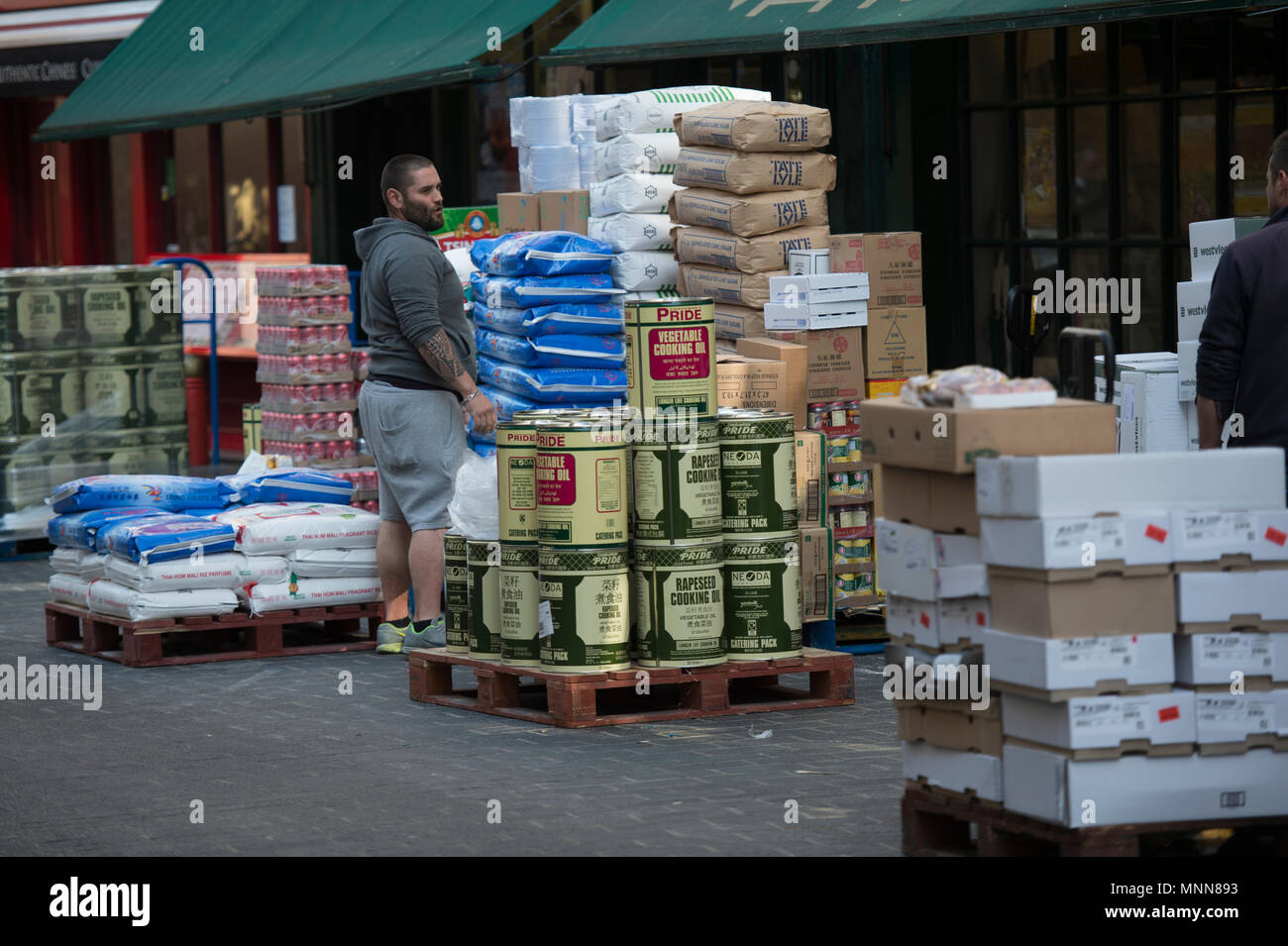
Don’t forget the stress your customers are facing. Consumers like to know where your food comes from. Suppliers will see that proper checks and balances occur in the most important places: where the complexities of the food supply chain are exposed to the public. The rest of the $280 billion food service distribution industry is profitable without proper last mile delivery.
B2b Marketplace Vendease Gets Us$3.2m To Help Hotels, Restaurants Access Food Supplies In Africa
One of the most important things you can do to protect your supply chain from trouble is to explore all the different options. No one wants to come to your restaurant to try your signature dish until you know you can’t do it in the future because your customers can’t get their hands on it. hands on something important.
Restaurants and grocery stores are some of the parts of the food distribution process that the general public interacts with or thinks about regularly. There are many things you can do to tell them and your friends about your commitment to safety and quality, not to mention a great dining experience. With the pace of change in the world, make sure you don’t leave anything for granted when it comes to keeping your supply chain moving throughout the year.
Whether it’s through technology or by cultivating close, collaborative relationships with your colleagues, this is an industry that rewards loyalty with excellence. Doing it right in your restaurant will set a precedent that you can spread throughout the rest of the chain and help make positive changes. The US, and especially the food industry in the US, is facing a major challenge from the pandemic. A virus has the same effect as a natural disaster. Supply chains have been disrupted overnight and need to reorganize to fit the new and changing environment.
A couple of weeks ago, Americans weren’t rushing to the store to buy frozen food, bottled water, cleaning products, toilet paper, etc., but now we’ve all seen the checkout lines and empty store shelves. Restaurant closings along with inventory shortages and panic in grocery stores have forced many people to shop online – many who have resisted buying food online internet.
Hey Dallas Restaurants, Kroger Wants To Be Your Go To Source For Fresh Foods
Most people don’t realize that the US food supply chain is not just one big monolith, but can be divided into four different parts: machines, public cold storage (PRWs ), food sales and food service.
Two of the four supply chain segments bring food into the hands of consumers: food service, which means restaurants and grocery stores, and home delivery. In addition to collecting, it can be assumed that the same amount of food is consumed. Unfortunately, food prepared for restaurants can’t just be delivered to grocery stores. One of the reasons is that food packaging is different than grocery stores. As a result, food service companies are sinking, with the Performance Food group down more than 60%. However, the UNFI broker has increased by 75%. In particular, discount meal kit company Blue Apron is up 550% in the last week!
According to Nielsen data, while online shopping has increased by an average of 45% in each of the past three years, the rate of growth has been driven by key consumers ( 10% of retail customers account for 50% of growth). This led to speculation that online grocery shopping would reach a point where growth would begin to decline. While the younger and middle-aged population have been quick to adopt online trends, baby boomers and older adults have been quick to embrace online grocery shopping. It seems that the convenience and ease of buying food online has not been able to physically see and experience fresh foods and products, until recently.
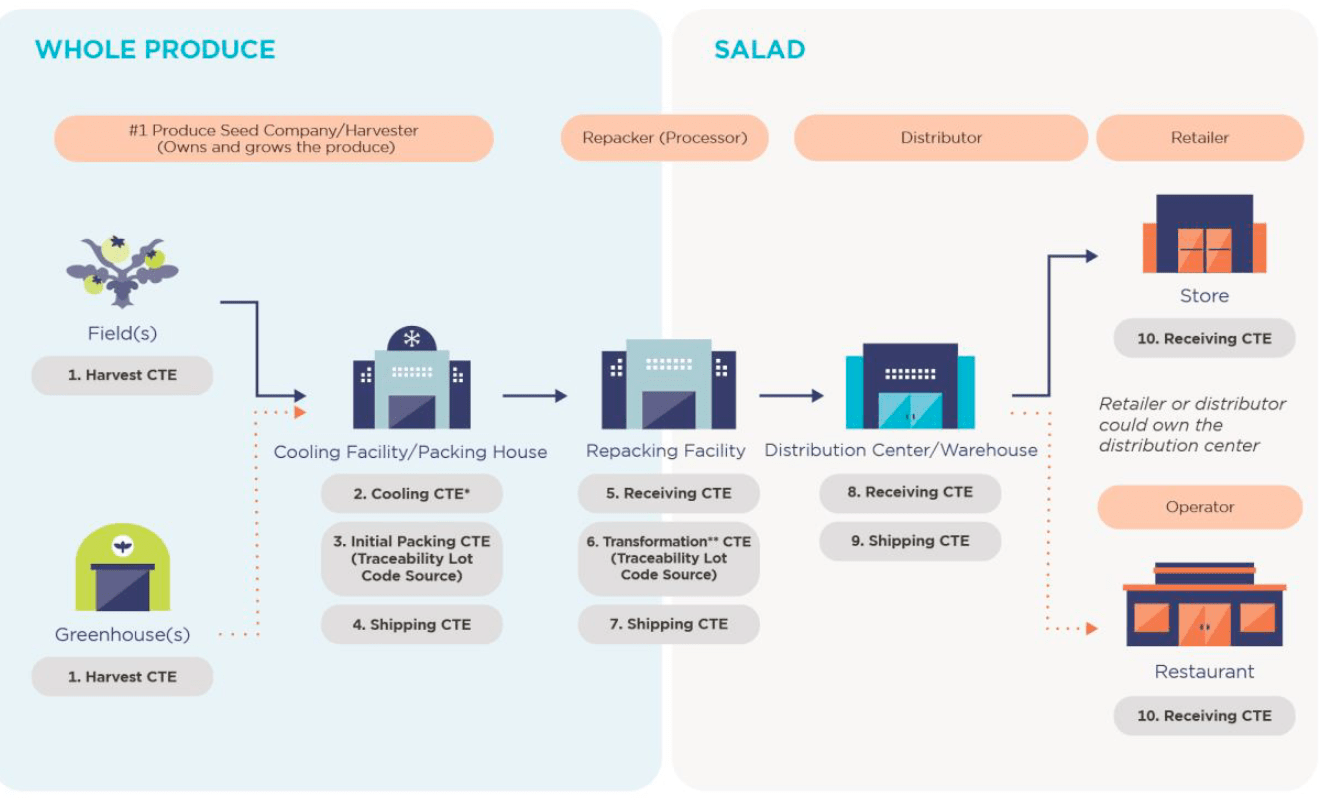
The coronavirus has shaken the food industry and the general perception is that those who have been forced online will return to grocery stores in smaller numbers, changing the nature of stores and online grocery shopping forever. continue. When you run a restaurant, there’s a lot to take care of, from writing a business plan to creating a marketing strategy to getting to know the staff. One of the most important things a restaurant has to do is find food. After all, you cannot run a restaurant without basic food and other equipment, such as food storage equipment.
Restaurants Shrink As Food Delivery Apps Get More Popular
There are many different types of restaurant suppliers you can use, including beer and wine distributors, restaurant suppliers, farmers and butchers. Of course, there are many factors that influence the providers you decide to use. Our complete guide to restaurant caterers will help you make the best decision based on your restaurant’s unique needs.
Budget Branders works with independent and managed restaurants throughout the United States. We offer premium printed products for the food service industry, including plastic cups, napkins, deli containers and paper bags. If you would like to know more about our brand promotion products, call today to speak with a member of our team.
Restaurant profit margins are very strong. In a competitive environment with a lot of financial pressure, you may be tempted to go with whichever provider is the cheapest. However, depending on your ultimate goal as a business owner, this may be a bad idea.
Imagine a situation where you offer diners a farm-to-table experience. You market yourself as a sustainable business focused on buying organic food from local suppliers. As your business grows, you may be tempted to cut costs by buying bulk produce from a national restaurant supplier—but what if your customers discover that your tomatoes don’t come from a small farmer? of the region?
As Restaurants Close To The Public, Many Reopen As Community Grocery Stores
The “cheat” of the farm-to-table restaurant is a surprising one in the hospitality industry, which faces many challenges in obtaining food from local farmers, butchers and other sources. Some food may need to be purchased from non-local sources – but that puts consumers at risk. This is something to consider when deciding which restaurant providers to use.
Likewise, if you run a steak house, the quality of the meat should be a priority. In addition to the budget, you should check if a supplier can provide the right equipment for the type of business you want.
Where do florists get their supplies, where do bakers get their supplies, where do etsy sellers get their supplies, where restaurants get their food, where do beauty supplies get their hair from, where do restaurants get their food from, where do bakeries get their supplies, where do event planners get their supplies, where do hospitals get their supplies, where do restaurants get their food, where do restaurants get their supplies, where do small businesses get their supplies
